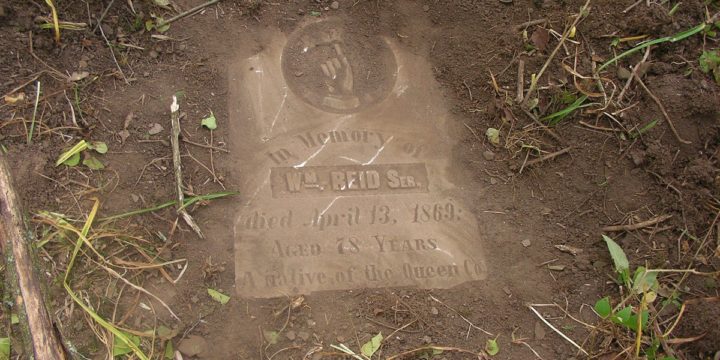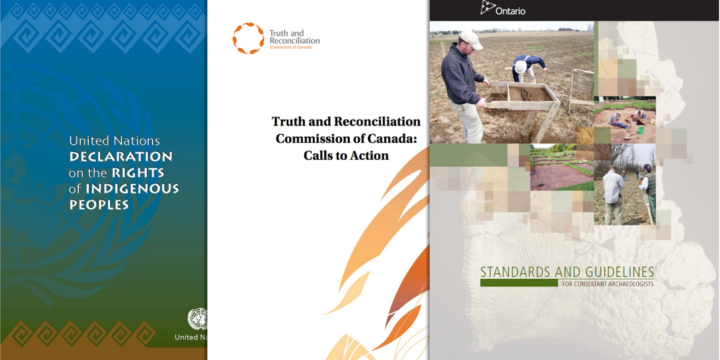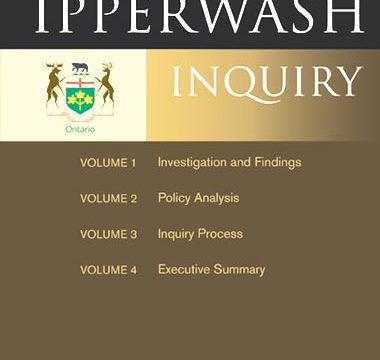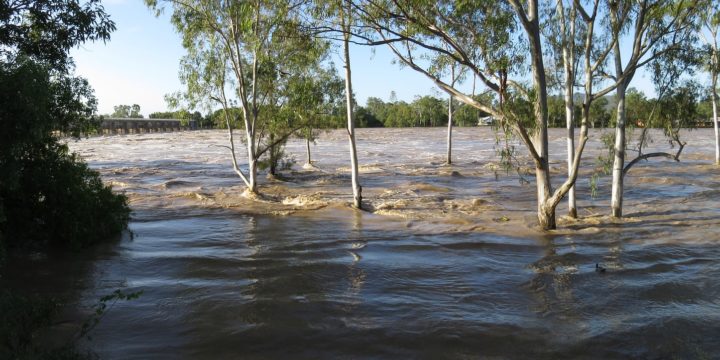
Understanding Cemetery and Burial Investigations in Ontario
Understanding Cemetery and Burial Site Investigations in Ontario Inside a cemetery is Bereavement Authority of Ontario, outside a cemetery is the Ministry of Government and Consumer Service (MGCS) – or is it that simple? Generally speaking, burial site investigations are the jurisdiction of the Registrar for Burial Sites at MGCS until the site is declared a cemetery and registered. Cemeteries assessments are often required to satisfy the development approval condition or under the Funeral, Burial and Cremation Services Act (2002) if within the limits of a cemetery. If a cemetery assessment uncovers human remains located outside a registered cemetery, then the process follows that for burial site investigations. Each situation is unique, but there are some general guidelines that can be followed when determining who to contact when addressing cemetery…



